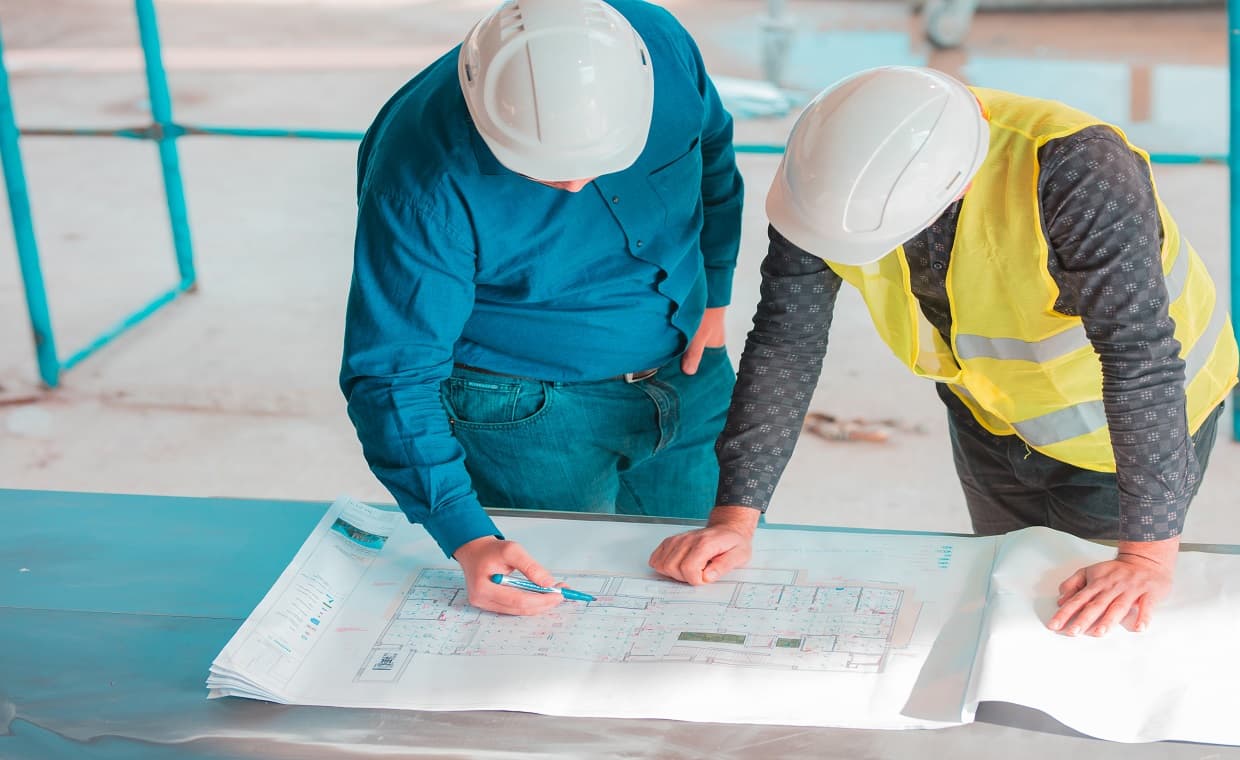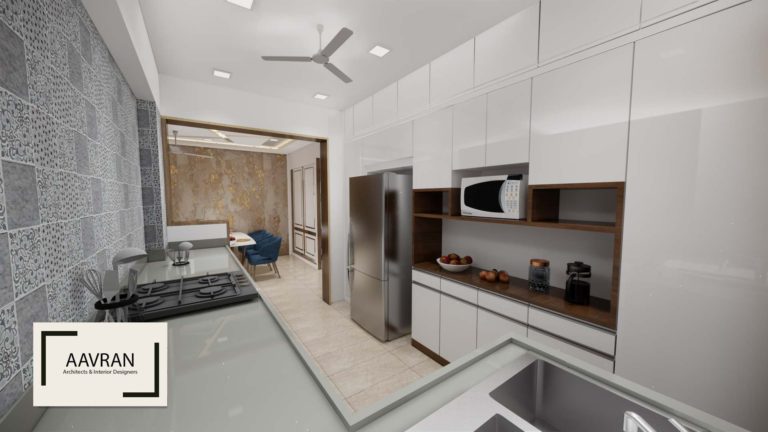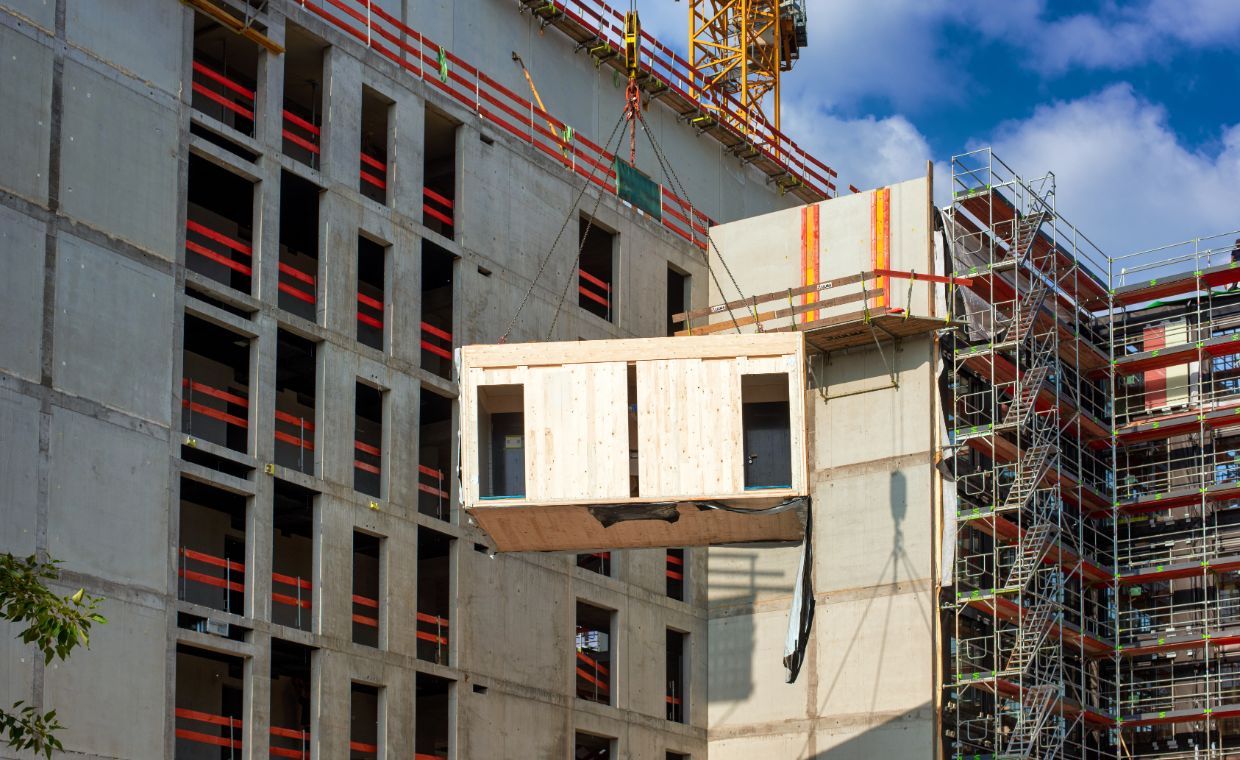
Table of Contents
Quick Summary
- Explores how preparation is the foundation of strong construction and meaningful growth.
- Connects architectural planning with personal and professional readiness.
- Outlines five stages of growth: vision, research, strategy, action, and reflection.
- Shares lessons from architecture about patience, precision, and maintenance.
- Explains the key phases of construction preparation – conceptual planning, budgeting, site checks, and drawings.
- Highlights essential materials like concrete, steel, bricks, and wood for long-term strength.
- Concludes that preparation is the true strength behind every successful design or life plan.
Every dream home starts long before the first brick is laid. It begins with an idea, a drawing, and a solid plan – because without preparation, even the best designs can crumble.
Just as students prepare for the amcat test to secure their professional future, homeowners and builders must prepare to ensure every stage of construction leads to lasting success.
The Foundation of Growth: Why Preparation Comes First
When we look at any strong, lasting structure, one thing stands out – the foundation. You don’t see it, but it supports everything above it. The same is true for personal and professional growth.
Without preparation:
- Plans crumble under pressure.
- Confidence weakens when challenges arise.
- Opportunities pass unnoticed because readiness is missing.
But with preparation, growth becomes intentional. You not only build confidence but also develop a clearer sense of direction.
Growth by Design: The Architecture of Readiness
Think of preparation as designing your growth – a process where imagination meets intention. Architects visualize a project before they build it; similarly, preparation allows you to see your path before you walk it.
Here’s what that design process looks like for life and career:
1. Vision – The Sketch Stage: Every great design begins with a dream. You must first define what “growth” means to you – more skills, better health, financial freedom, or creative fulfillment.
2. Research – The Planning Stage: Gathering information helps you understand what it takes to reach your goal. Just like studying architectural blueprints, this step involves learning, observing, and identifying what works.
3. Strategy – The Framework Stage: Map out steps and timelines. Build a structure around your goals with realistic expectations.
4. Action – The Construction Stage: Once the foundation is strong, you start building – one brick, one choice at a time.
5. Reflection – The Inspection Stage: Growth isn’t just about doing; it’s about refining. Evaluate your progress and make adjustments as needed.
This “architecture of readiness” ensures that your growth is intentional, not accidental.
Lessons from Architecture: What Buildings Teach Us about Growth
Buildings don’t happen overnight, and neither does success. There’s a rhythm to the process – a balance between creativity, calculation, and patience.
Here’s what we can learn from the way buildings are made:
- Every Detail Matters: In architecture, a tiny measurement error can affect the entire structure. In life, small daily choices shape long-term outcomes.
- Strong Foundations Last: Just as a building must stand against storms, prepared individuals stand firm through life’s challenges.
- Design Takes Time: Rushing leads to mistakes. Sustainable growth requires patience and precision.
- Maintenance Is Essential: Even the most beautiful design needs care and upkeep. Growth is continuous – not a one-time achievement.
By viewing your personal growth like a construction project, you can understand the importance of planning, consistency, and resilience.
The Blueprint of Preparation in Home Design
Before any construction begins, an architect visualizes the space, balancing functionality, safety, and aesthetics. But the unseen hero of every great design is preparation.
Here’s how preparation shapes the architecture process:
- Conceptual Planning: Defining what kind of home you want – modern, traditional, or sustainable – sets the tone for every decision that follows.
- Budget Estimation: A well-prepared budget helps prevent financial strain midway through the project.
- Site Study and Legal Checks: Soil testing, zoning permissions, and property verifications are essential groundwork.
- Detailed Drawings: Architectural, structural, and MEP (Mechanical, Electrical, and Plumbing) drawings guide each phase of construction.
- Material Selection: Choosing the right materials early saves time and ensures quality.
Skipping or rushing through these stages often leads to delays, cost overruns, or compromised safety – problems that preparation could have prevented.
Materials Matter: The Core of a Lasting Structure
A well-prepared homeowner doesn’t just choose materials based on looks or price – they consider strength, longevity, and sustainability.
Key Building Materials to Focus On:
- Concrete: The backbone of construction. Ensure proper grade (M20-M40) and water-cement ratio.
- Steel: Reinforces the structure. Choose high-tensile steel for durability.
- Bricks/Blocks: Opt for high-quality clay bricks or AAC blocks for insulation and strength.
- Cement: Select the right type – OPC for structure, PPC for plastering, and PSC for coastal areas.
- Tiles & Finishes: Balance aesthetics with slip resistance and ease of maintenance.
- Wood: Use treated or engineered wood to resist pests and moisture.
Conclusion: Build with Intention, Grow with Care
Designing growth – whether in a home or in life – starts with preparation. From the foundation to the final coat of paint, every detail reflects foresight and patience. Preparation is not the slow part of construction; it is the strongest material holding everything together.
So before you start building your dream home, take time to plan every inch, select every material wisely, and think beyond today. Because in the world of architecture, and in life itself – what you build depends on how well you prepare.
Also Read: Understanding the Full Construction Process from Start to Finish
FAQs – Importance of Preparation in Construction
1. Why is preparation important in construction?
Preparation ensures every stage of construction is well-planned, reducing errors, costs, and delays while improving overall quality and safety.
2. What are the main stages of preparation before building a home?
They include conceptual planning, budgeting, site and legal checks, detailed design drawings, and material selection.
3. How does preparation influence a building’s strength and durability?
Thorough preparation helps choose the right materials, plan for environmental conditions, and create a design that withstands time and stress.
4. What lessons can personal growth take from construction preparation?
Just like a building needs a strong foundation, personal growth requires vision, research, and consistent effort before taking action.
5. How can homeowners prepare effectively for construction?
Homeowners should clearly define goals, plan budgets early, consult professionals, and verify site conditions before starting construction.






























